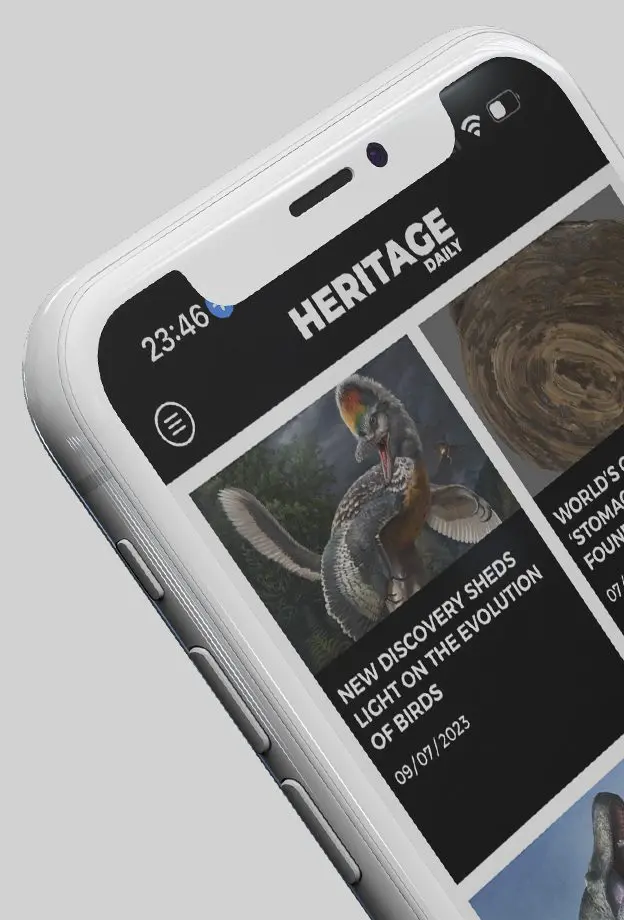Our Company
HeritageDaily LTD - Suite/Unit 40 17 Holywell Hill, St Albans, Herts, United Kingdom, AL1 1DT
Latest News
Lost treasures from Emperor’s tomb recovered
For the first time since 1872, rare funerary objects believed to have come from the Daisenryo Kofun have been recovered.
Submerged thermal baths found in Gulf of Naples
Archaeologists have discovered a preserved Roman bathhouse in the partially submerged ruins of Baiae on the northwest shore of the Gulf of Naples.
Viking-Age hoard reveals trade between England and the Islamic World
A Viking-Age silver hoard unearthed in Bedale, North Yorkshire, is providing new insights into wealth and trading links between England and the Islamic World.
Exploration of Grodziec Forest District reveals three treasure hoards
In the quiet woods near Kalisz, Poland, a group of amateur archaeologists uncovered not one, but three extraordinary treasures over the span of just five weeks this summer.
Ancient bipyramidal ingots found submerged in Sava River
A large cache of bipyramidal ingots has been discovered in the Sava River in the Posavina Canton, Bosnia and Herzegovina.
Popular News
The mystery of Tutankhamun’s meteoric iron dagger
In 1922, Egyptian excavators led by Howard Carter discovered the tomb of Tutankhamun, an Egyptian pharaoh who was the last of his royal family to rule during the end of the 18th Dynasty.
Legio V Macedonica – The Last Roman Legion
Throughout the history of the Roman Empire, countless legions were raised and disbanded, but one legion endured the entirety, remaining in service to the Roman Empire and the Byzantine Empire, and marching on into the Middle Ages - The Legio V Macedonica.
Atlantis – The story behind the legend
Atlantis has become a taboo subject in many scholarly circles, often branded in pseudo-science and invented interpretations from Plato’s dialogues.
The Immortal Armour of China’s Jade Burial Suits
The Jade burial suits are hand-crafted jade suits from the Han Dynasty of China, used for the ceremonial burials of China’s elite and members of the ruling class.
The Pleasure Villa of Emperor Tiberius
The Villa of Tiberius is a Roman villa complex in the present-day town of Sperlonga, located on the western coast of Italy in the province of Latina.
© 2024 - HERITAGEDAILY LTD

